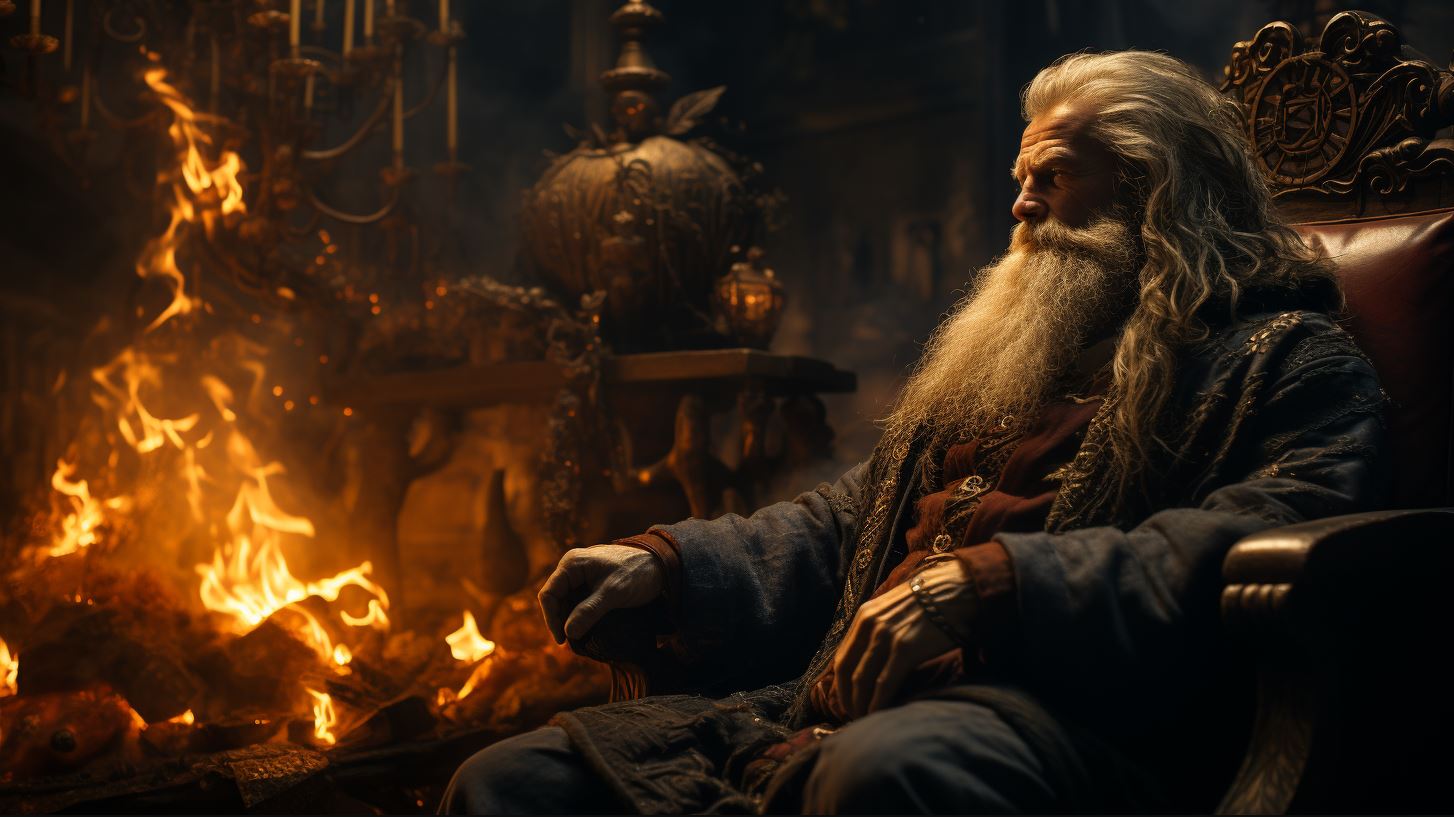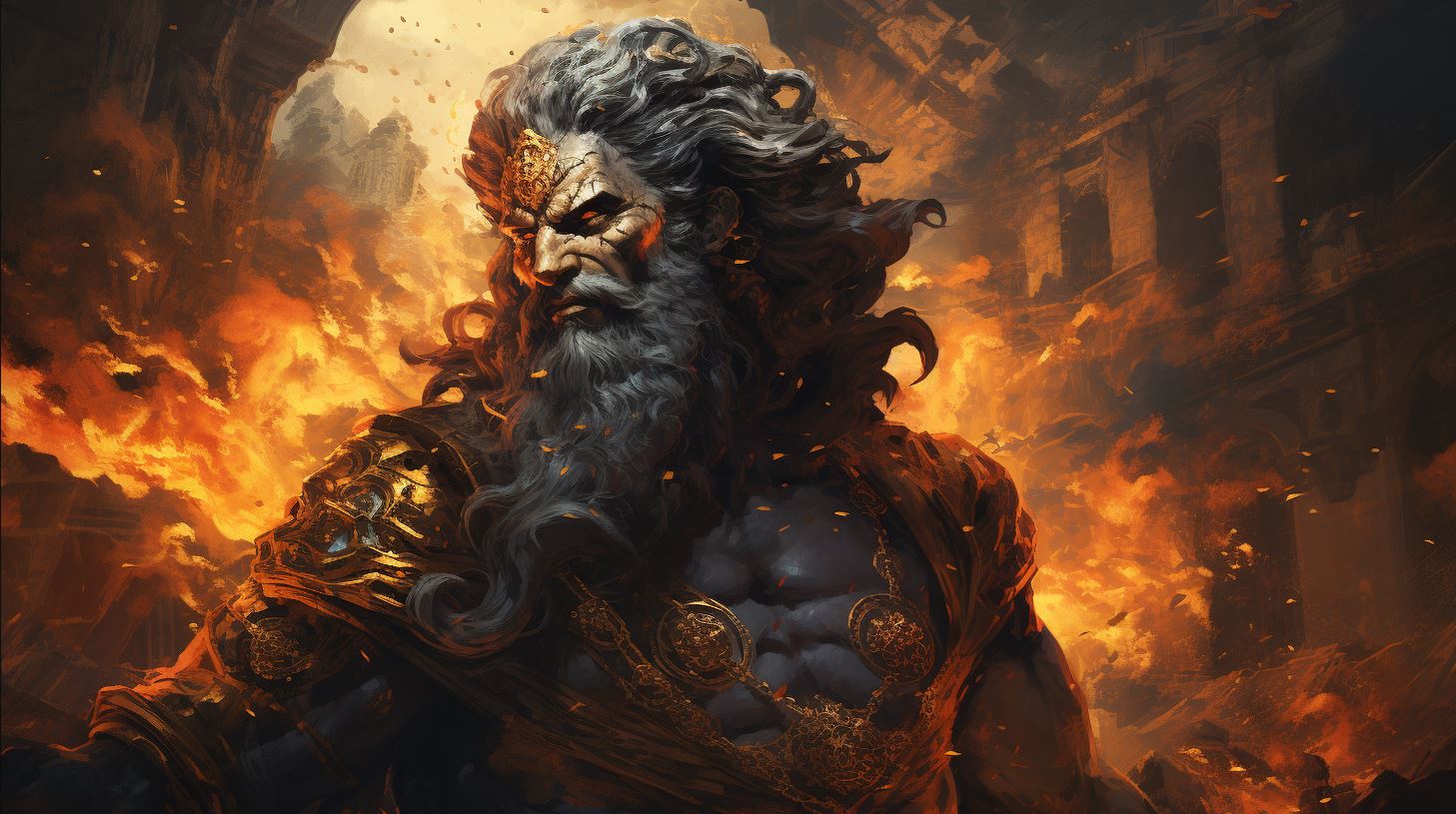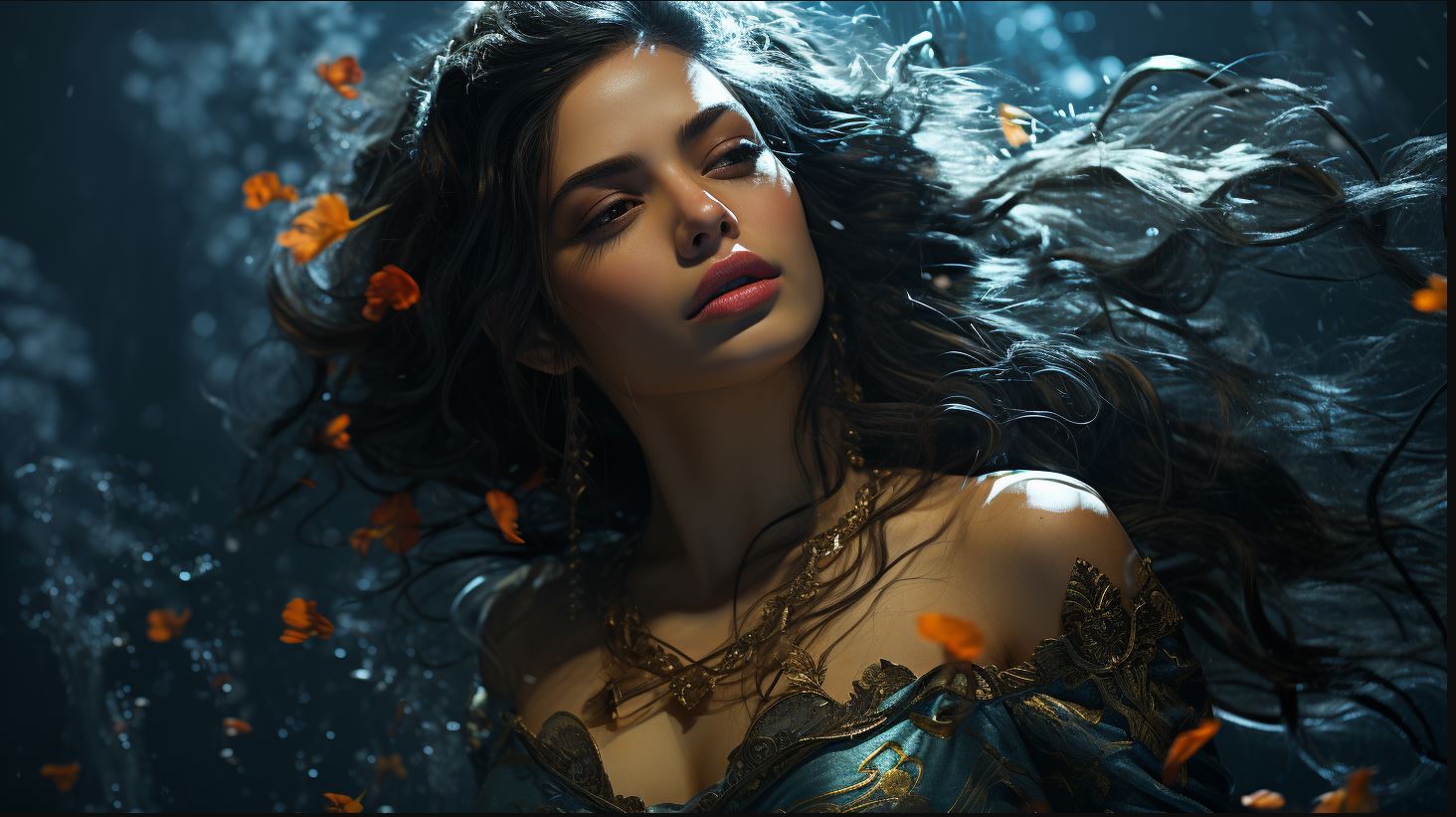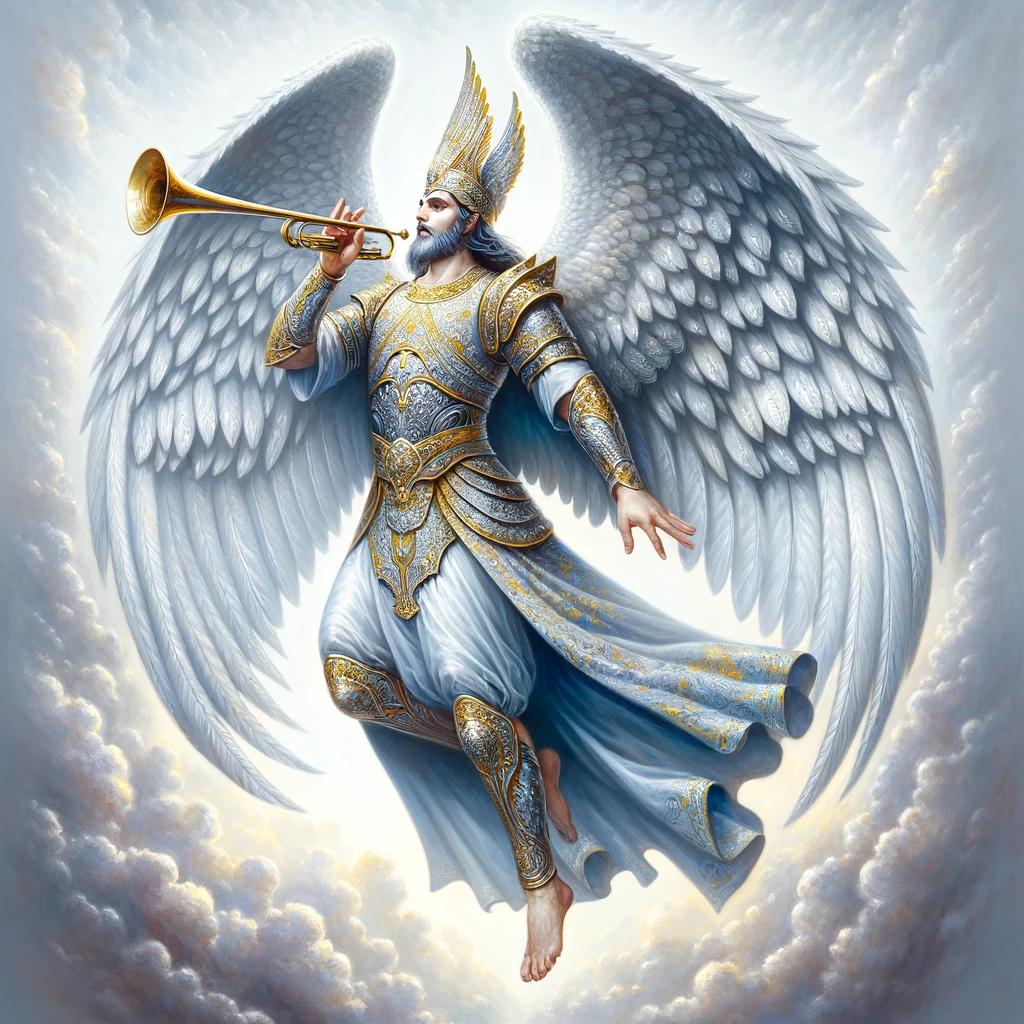‘Mithra Persian God: Unveiling the Mysteries of the Ancient Deity’

Mithra, the Persian god, holds an intriguing place in ancient history. This article explores the beliefs and practices of Mithraism, its connection to the Indo-Iranian tradition, and its influence on the Roman Empire.
Additionally, it delves into the symbolism of Mithra as the sun god and his association with Anahita and Ahura Mazda. The article also touches upon Mithra’s impact on art, culture, and ongoing discoveries related to this enigmatic deity.
Join us on this journey to unravel the mysteries surrounding Mithra, both in antiquity and its relevance in the present world.
Mithraism: Unveiling the Ancient Religion
The ancient religion of Mithraism holds a captivating history that stretches back to ancient Persia and holds significant influence in the development of religious beliefs and practices. In this section, we will explore key aspects of Mithraism, shedding light on its unique characteristics and its impact on various cultures and civilizations.
Key Beliefs and Practices of Mithraism
Mithraism is centered around the worship of Mithras, a powerful deity believed to represent the sun and the divine light. Devotees of Mithraism held a strong belief in the principles of cosmic balance and the eternal struggle between good and evil.
The followers, known as the Mithraic initiates, engaged in secret rituals and initiation ceremonies to attain spiritual enlightenment and ascent through different levels, mirroring the stages of the soul’s journey.
Central to Mithraism is the concept of salvation, where the initiates strive to achieve personal and collective salvation through adherence to strict moral codes and ethical conduct.
Rituals often involved sacrifices, communal meals, and the symbolic representation of Mithras slaying a bull, which was seen as a significant act of cosmic renewal and purification.
The Role of Mithras in the Indo-Iranian Tradition
Tracing its origins to ancient Persia, Mithraism shares close ties with the Indo-Iranian tradition.
Mithras was revered as a divine figure in the pantheon of Iranian gods, representing the radiant power of the sun and associated with fertility, prosperity, and victory. As the religion spread to different regions, Mithras took on various forms and assimilated with local deities, creating a unique blend of beliefs and practices.
The Indo-Iranian tradition attributed Mithras with protecting and preserving cosmic order, acting as a mediator between heaven and earth, and ensuring the continuity of life and the cycle of seasons. Mithraism’s influence on the Indo-Iranian culture is evident in their mythology, rituals, and societal norms, leaving an indelible mark on the religious landscape of that era.
Mithras and the Roman Empire
With the conquests of Alexander the Great, Mithraism found its way into the Roman Empire, where it gained popularity among the soldiers and the ruling classes. The Roman adaptation of Mithraism adapted many of its rituals and symbolism into their own cultural context, resulting in the establishment of Mithraic temples, known as Mithraea, throughout the empire.
Mithraism became intertwined with the military and civic life of Rome, attracting adherents from various social strata. Emperor Commodus and Emperor Julian the Apostate were among the notable figures who embraced Mithraism.
However, with the rise of Christianity and the adoption of Christianity as the state religion, Mithraism gradually waned in influence, eventually fading into obscurity.
Despite its decline, the echoes of Mithraism can still be seen in various aspects of Roman art, literature, and architecture, showcasing the lasting impact of this ancient religion on the cultural and religious landscape of the Roman Empire.
The Symbolism of Mithra
Unveiling the rich symbolism surrounding Mithra, we explore the various facets of this ancient Persian god. Mithras, the central figure of Mithraism, was revered as the Sun God and revered for his all-seeing capabilities.
Mithras: The Sun God and All-Seeing Deity
Mithras, often depicted in art with a radiant crown and rays of sunlight emanating from his body, personified the power and vitality of the sun. As the Sun God, Mithras symbolized light, warmth, and the source of life itself.
His association with the sun represented the eternal cycle of birth, death, and rebirth, making him a significant figure in ancient Persian beliefs.
Connections between Mithra, Anahita, and Ahura Mazda
Mithra’s symbolism also intertwines with other prominent Persian deities, such as Anahita and Ahura Mazda. Anahita, the goddess of fertility and water, often shared imagery and attributes with Mithra, signifying their close association.
Ahura Mazda, the supreme god of Zoroastrianism, was sometimes equated with Mithras, further emphasizing his divine status and cosmic significance.
Mithras in the Ancient Near East and Beyond
The influence of Mithra extended beyond Persia, reaching various regions of the ancient Near East. Iconography and inscriptions related to Mithra have been discovered in Mithraea, underground sanctuaries dedicated to the worship of Mithras, found in locations such as Rome, Syria, and Britain.
These findings highlight the widespread popularity and diffusion of Mithraism during its prime.
Join us as we further explore the enigmatic symbolism surrounding Mithra, unravelling its intricate connections within Persian mythology and its enduring appeal in ancient cultures. Discover the significance of Mithra’s solar attributes, his connections with other deities, and the spread of his worship throughout the ancient Near East and beyond.
Mithra Persian God in Modern Times
In the modern world, the influence of Mithra Persian God continues to resonate in various aspects of art and culture. Let’s explore how this ancient deity has left an indelible mark on the creative expressions of humanity.
Mithra’s Influence on Art and Culture
The artistic world has long been fascinated by the enigmatic qualities of Mithra. Paintings, sculptures, and other art forms depict Mithra in various poses, often emphasizing his symbolic connection to the sun and his role as an all-seeing deity.
Artists have captured the essence of Mithra’s power, grace, and celestial nature, showcasing the divine aura surrounding this Persian god.
Furthermore, Mithra’s influence extends beyond visual arts. His presence can be felt in music, literature, and even theatrical performances.
Composers have drawn inspiration from the mythical tales surrounding Mithra, creating symphonies that evoke a sense of mysticism and grandeur. Writers have woven his stories into their narratives, adding depth and intrigue to their literary works.
And on stage, actors have brought Mithra to life, captivating audiences with dramatic interpretations of his mythical feats.
Discoveries and Research on the Persian God
The exploration of Mithra Persian God has not been limited to the realms of art and culture. Archaeologists, historians, and scholars continue to unearth new insights into the ancient practices and beliefs associated with Mithraism.
Ongoing discoveries in archaeological sites have provided valuable artifacts and texts, shedding light on the rituals and ceremonies performed in honor of Mithra.
Research on Mithra has also extended to the realm of academia, with scholars delving deep into ancient texts and analyzing historical records to reconstruct the mysteries surrounding this Persian god.
Through their meticulous studies, they have pieced together fragments of information, allowing us to gain a deeper understanding of Mithraism’s influence on ancient societies and its significance within the broader religious landscape.
Mithra’s Relevance in the Present World
While Mithraism might be primarily an ancient religion, its relevance transcends time. In today’s world, many individuals find inspiration in the values and characteristics embodied by Mithra. His representations as a sun god, symbolizing light, truth, and justice, hold universal appeal.
Moreover, Mithra’s association with relationships, loyalty, and the defeat of evil resonates with individuals seeking a deeper sense of connection and purpose in their lives. In a society often rife with challenges and uncertainties, Mithra’s enduring legacy serves as a reminder of the power and resilience that lies within humanity.
As we continue to explore and appreciate the multifaceted aspects of Mithra Persian God, we uncover not only the rich history of an ancient deity but also the timeless ideals and values that continue to shape our present world.
.




















